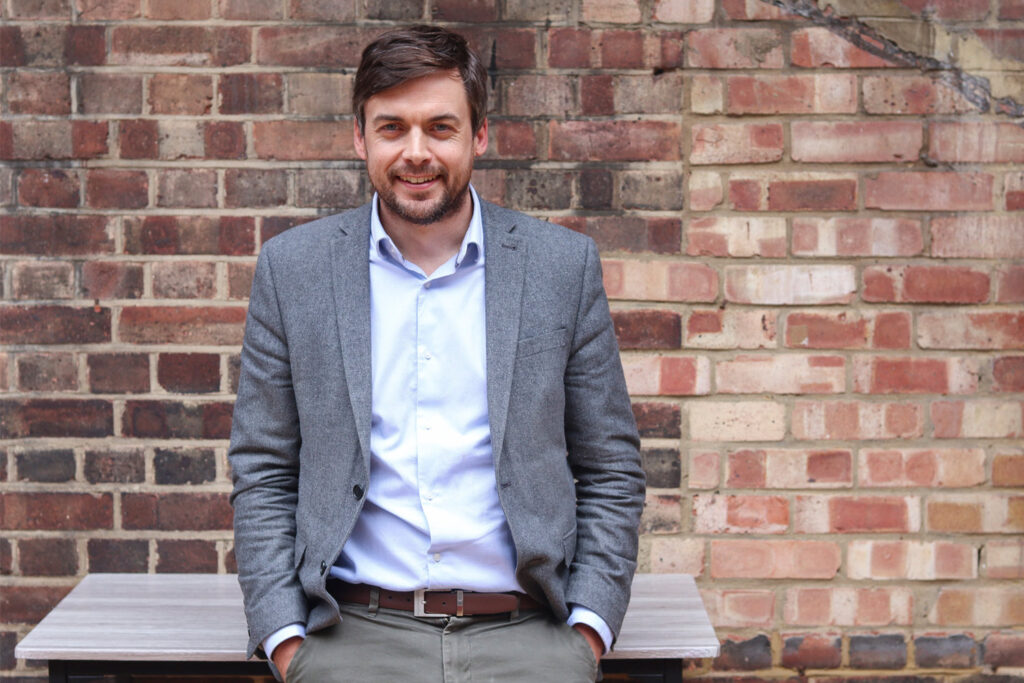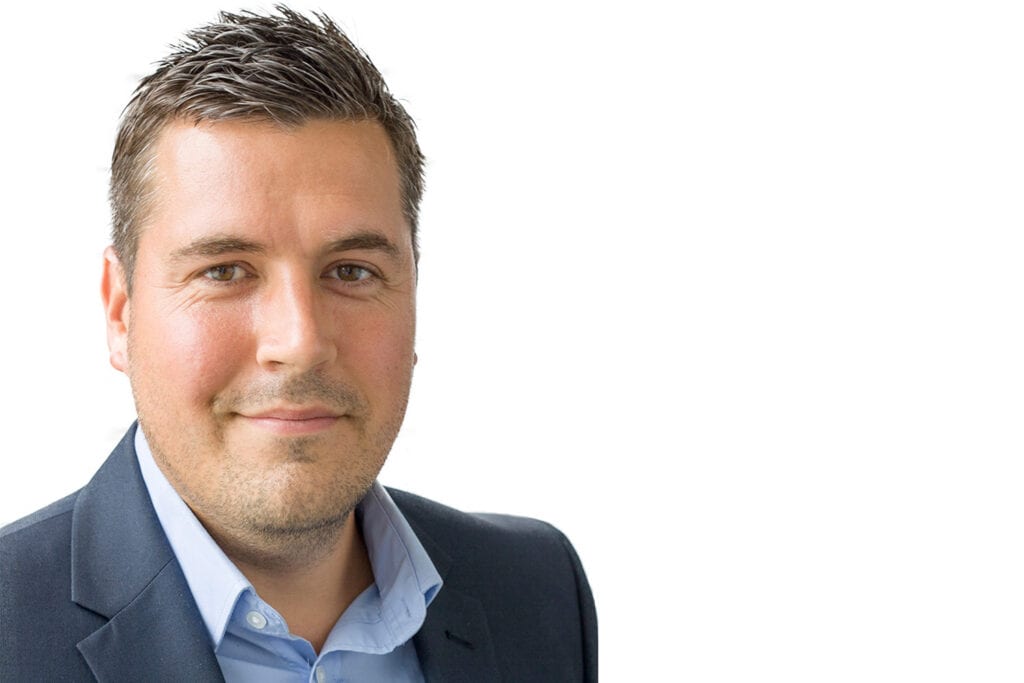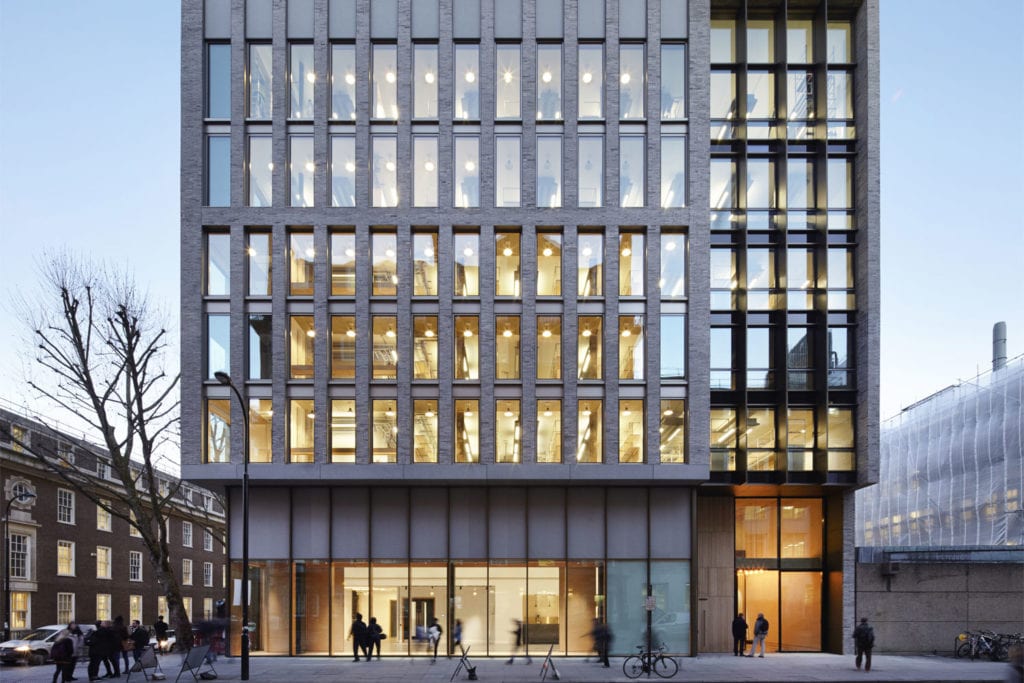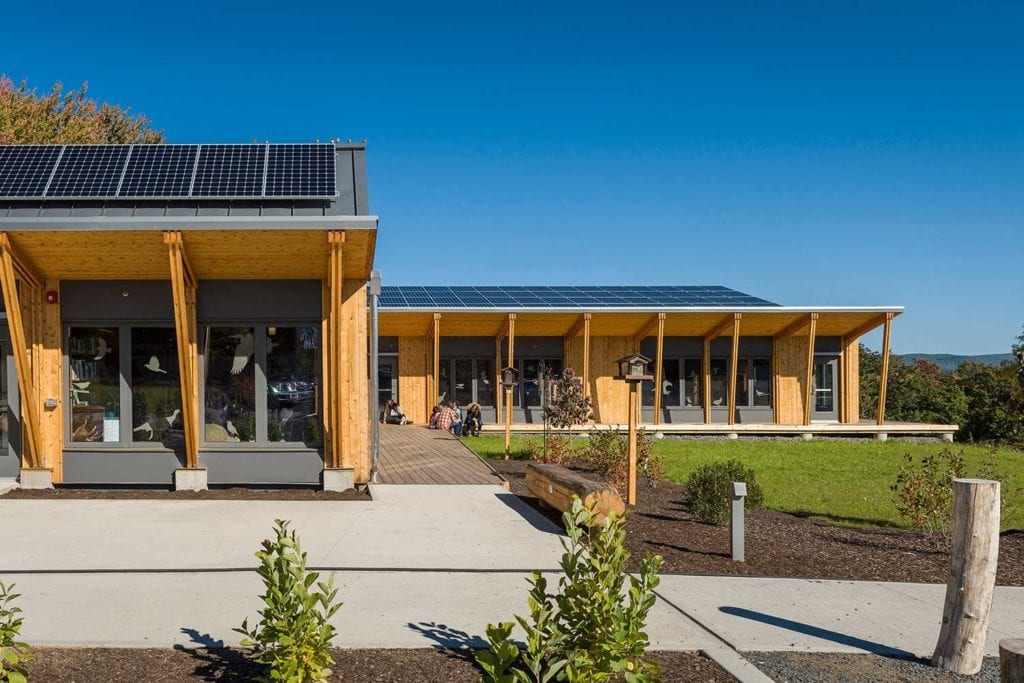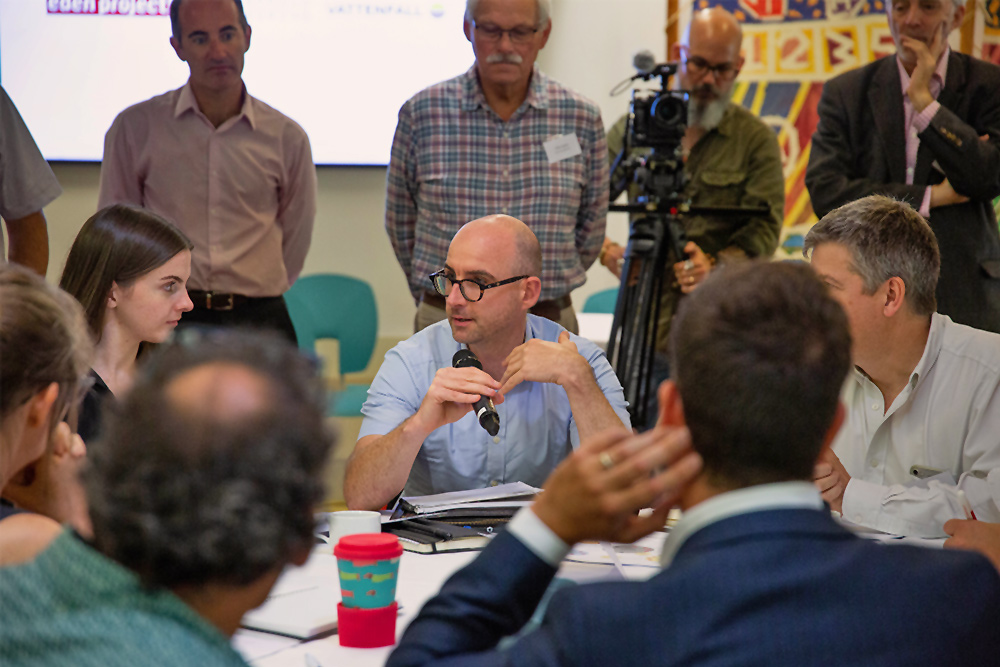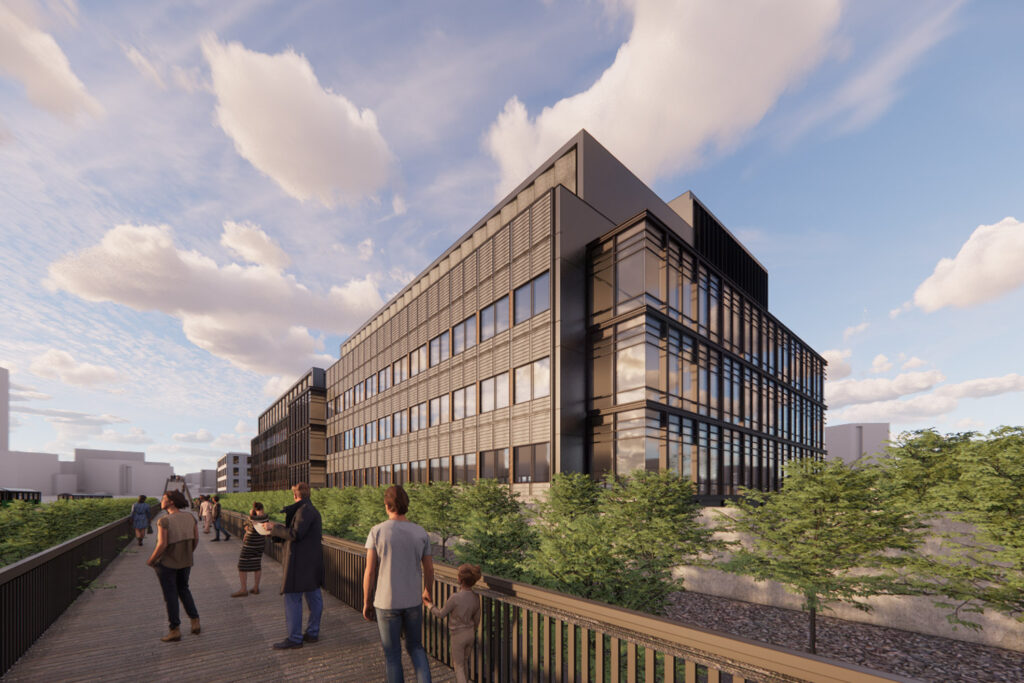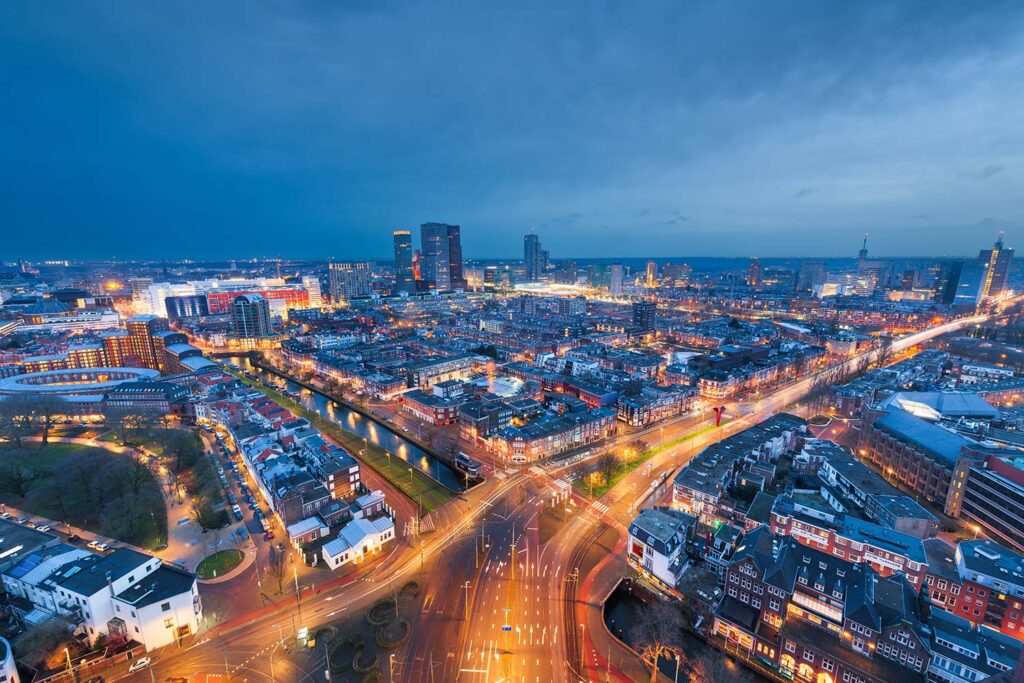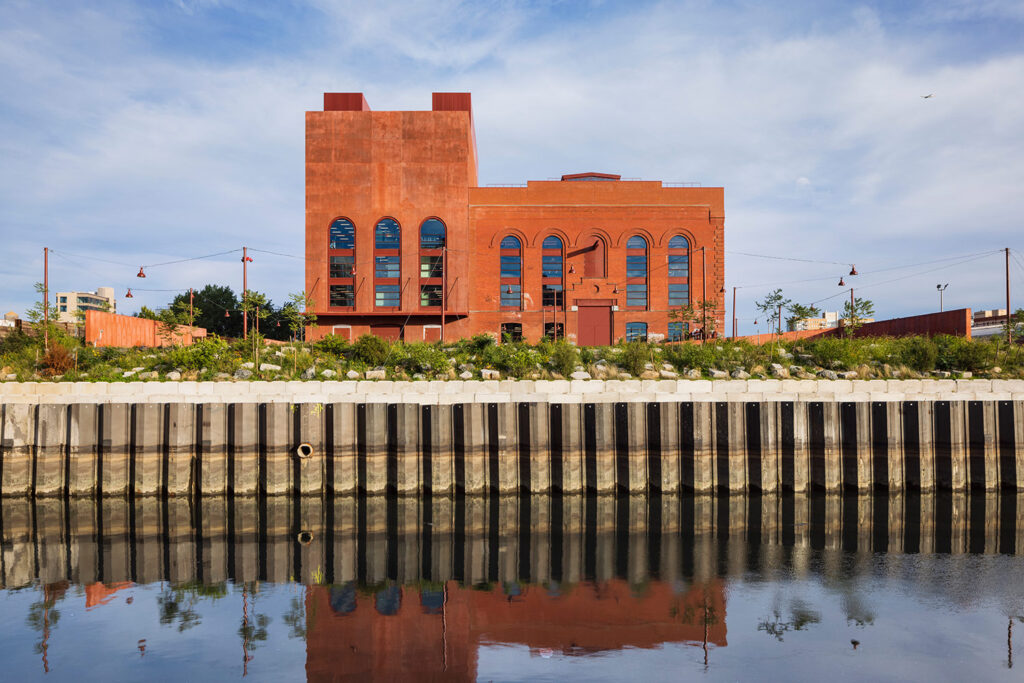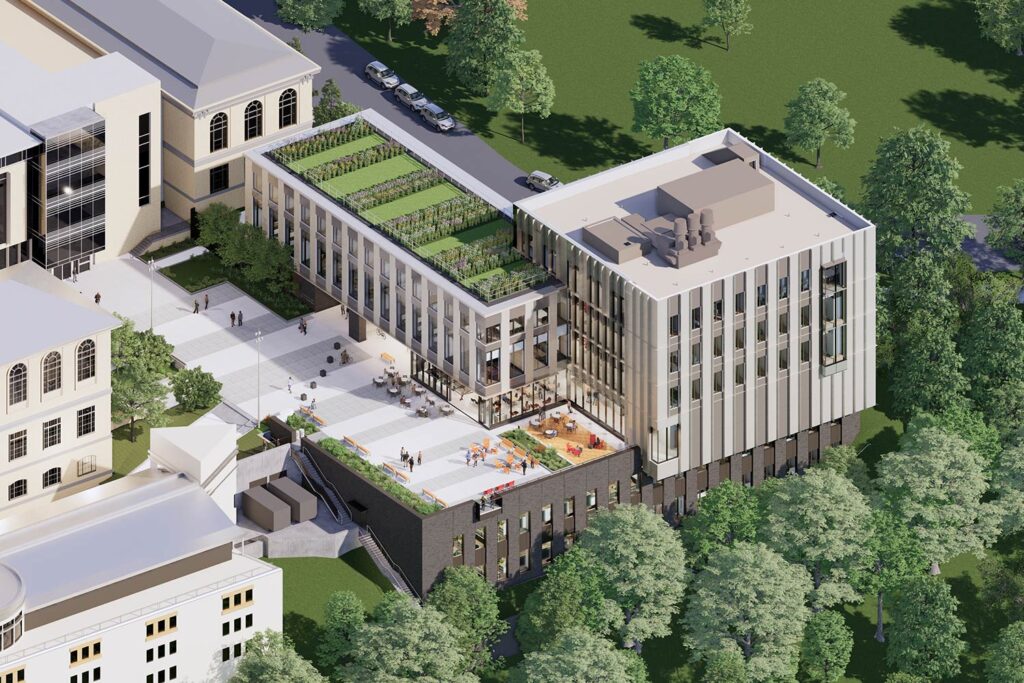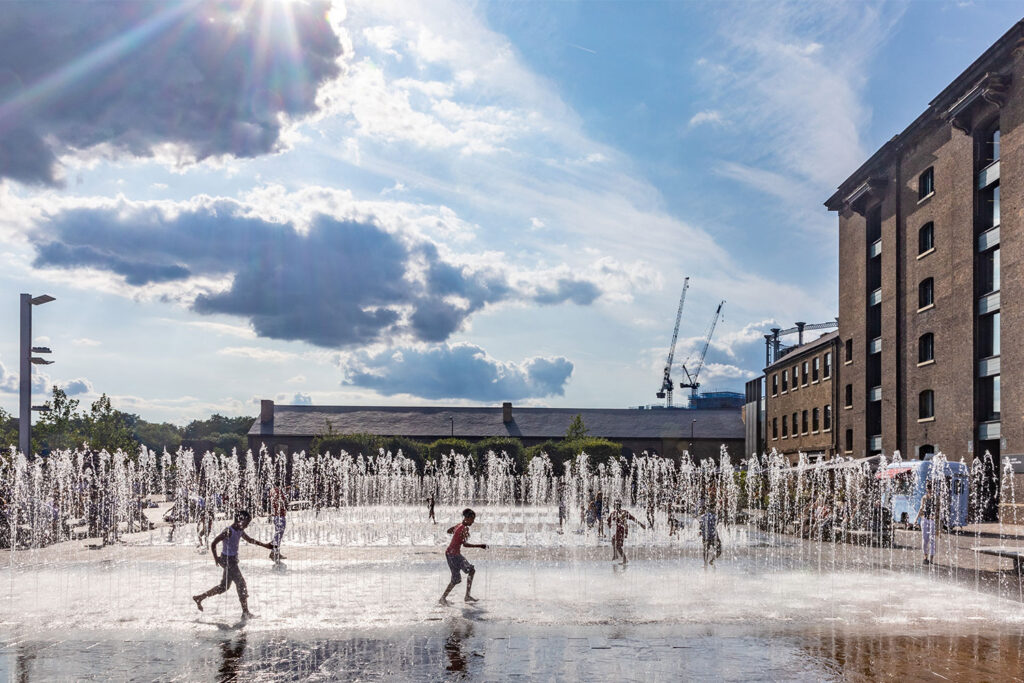
University of Leeds – Pathway to Net Zero
Leeds, UK
Project details
Client
University of Leeds
Duration
2020 (10 weeks)
Services provided by Buro Happold
The University of Leeds holds a special place in Buro Happold history. This is where Sir Ted Happold was educated – studying geology and then, after completing National Service, civil engineering – before founding the practice in 1976.
Ted firmly believed in professional excellence that touches the earth lightly, which is exactly what the University is striving for. Accordingly, as the climate crisis deepens, ambitious steps are being taken to support the global transition to a low-carbon future. In support of this critical initiative, Buro Happold’s energy consultants were engaged to help develop the University’s net zero carbon implementation plan.
Challenge
The University has developed a set of seven principles to guide actions in their response to the climate emergency. These principles build on a well-established reputation for influential climate research, a strong commitment to sustainability and sector-leading education programmes; they also complement a Climate Active Strategy that has been adopted to inform responsible University investment. The first of these principles encompasses devising a strategy that will enable net zero carbon by 2030 along with a drive to reach no direct carbon emissions by 2050.
In ascertaining how best to meet the net zero objective, Buro Happold’s energy reduction specialists undertook a technical, commercial and institutional feasibility review of the available pathways. Selected via analytical rigour by our specialist team, a suitable approach could then be recommended with confidence.
Solution
Buro Happold modelled the net zero pathway using spreadsheets to capture data on existing university demands before appraising a series of interventions. These measures comprise building retrofits and changes to energy generating technologies in order to fully understand the cost of meeting net zero carbon emissions by 2030.
Prioritising passive over active measures, the pathway put forward follows a “lean-clean-green” hierarchy: “lean” lowers energy demand by improving the building form, fabric and detailing; “clean” ensures efficient delivery of energy to the point of use through good system design, which includes metering and management; and “green” generates renewable energy by installing low- and zero-carbon technologies. Beyond that, power purchase agreements are switched to obtain electricity directly from renewable installations while, in the short term, outstanding carbon emissions can be offset.
This approach provides the University with minimal reliance on external interventions while forging a realistic route to net zero carbon and beyond.
Value
Our recommended solution not only lowers carbon emissions – which would enable the University to reach net zero to schedule – but also brings down fuel and offset costs.
Moreover, a coordinated approach to retrofit that targets the highest energy efficiency standards offers lasting ancillary benefits to the estate. First, opportunities exist to improve the aesthetic of building stock. Secondly, maintenance requirements can be reduced either due to the commonality associated with widespread installation of similar technologies or by operating plant at lower demands.
Such an enhanced physical environment – apart from embodying a significant response to the climate emergency – translates into increased wellbeing for everyone at the University of Leeds, which will further elevate a student experience that is already exceptional.



